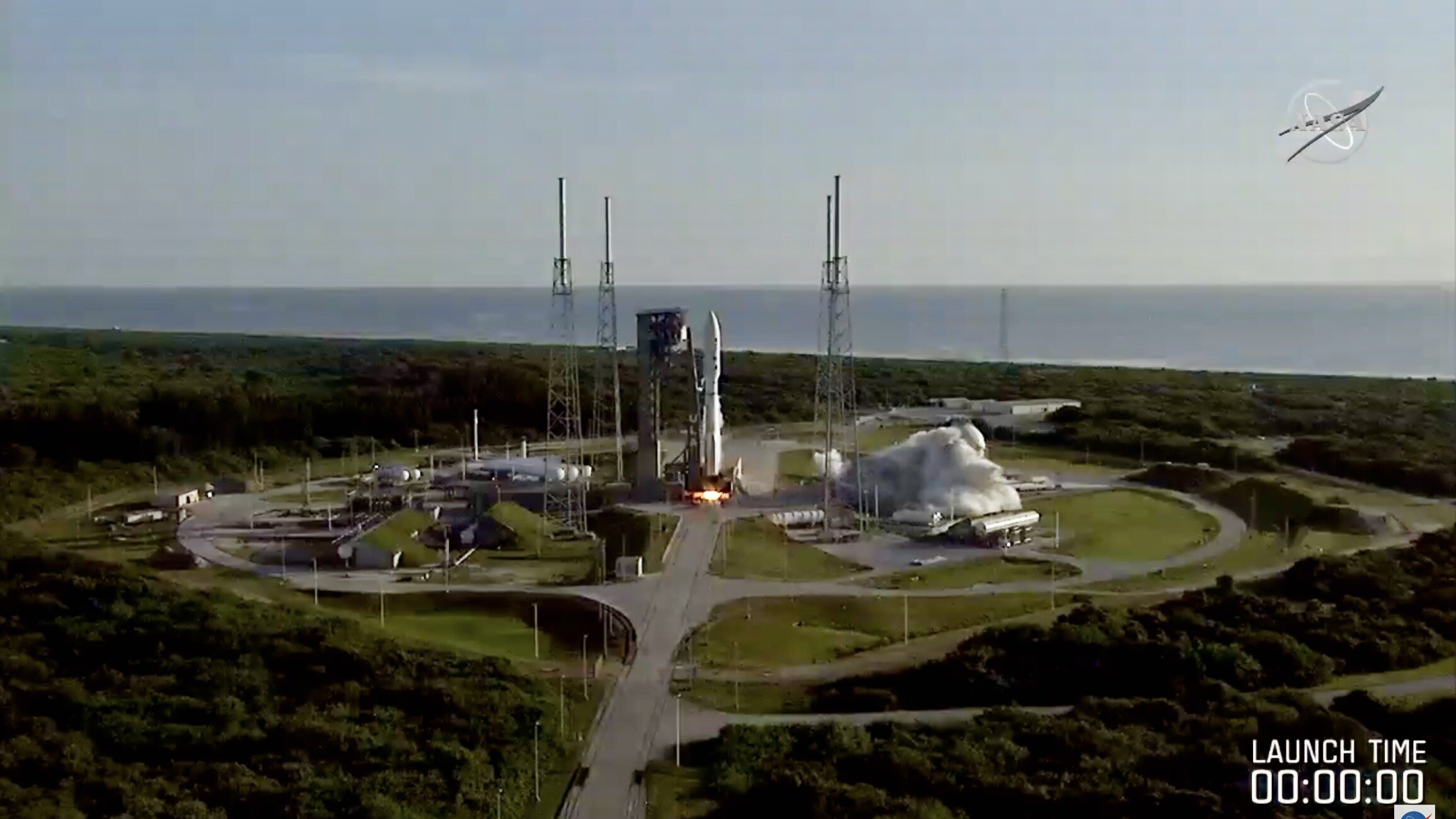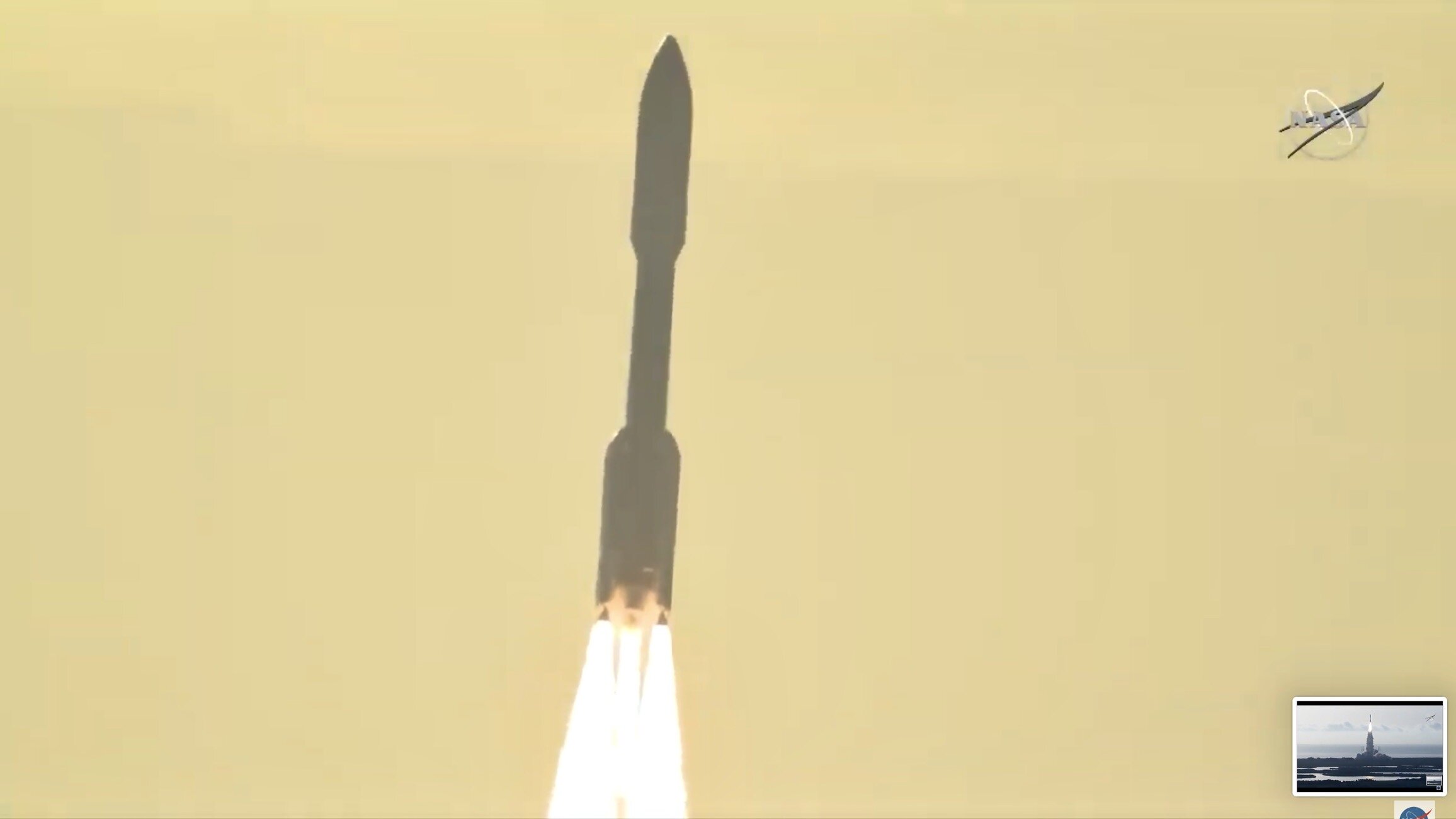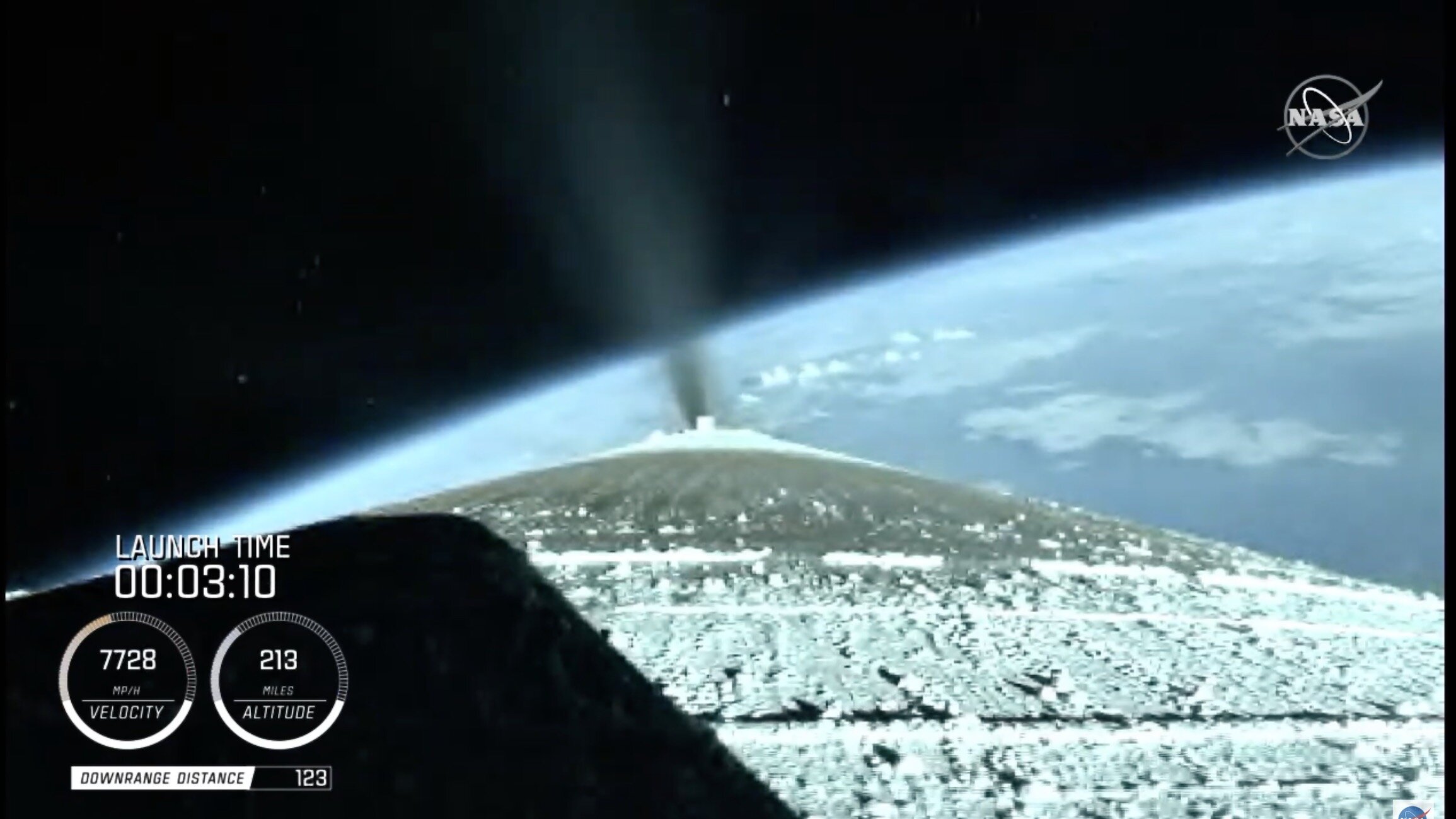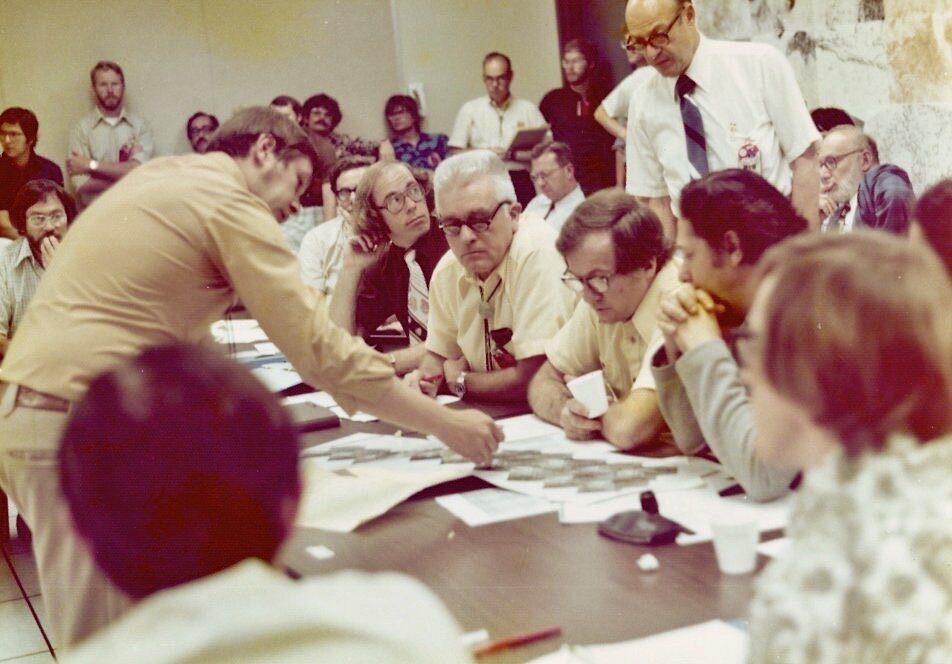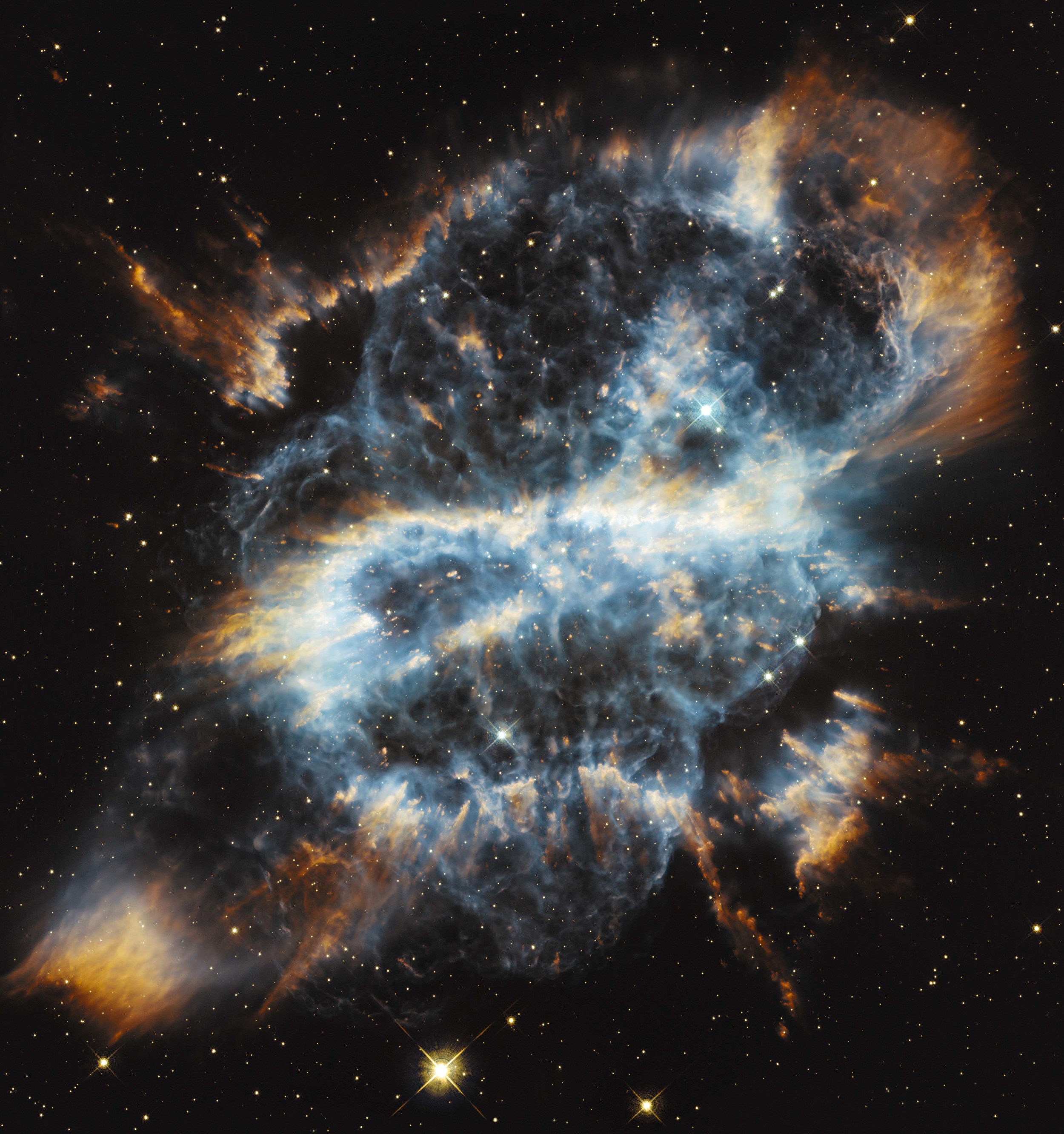THE EXTRAORDINARY VIKING MISSION OPENED A NEW AGE OF SPACE EXPLORATION. IT ALSO OPENED A CONTROVERSY THAT PERSISTS TODAY
On August 20, 1975, a Titan IIIE rocket with a Centaur upper stage launched from Florida's Cape Canaveral. On reaching Earth orbit, the Centaur booster separated from Titan and injected the Viking 1 spacecraft - nestled inside its nose cone - into interplanetary space. The destination: Mars. (To reduce the chances of mission failure, three weeks later, NASA launched its twin, Viking 2.)
Composed of an orbiter and a lander, Viking 1 traversed 460 million miles of interplanetary space and entered Mars orbit 10 months later. While the orbiter imaged the planet's surface, the lander bided its time.
MARINER DISCOVERS "FLOW FEATURES"
The audacious Viking program was preceded by the Mariner orbital missions from 1964-1971. While the early Mariners dispelled any possibility of artificial canals on Mars (and with it, any pending "War of the Words" conflict), Mariner 9 "far exceeded its expectations in every way." Orbital imaging revealed a Martian surface of "ancient river beds, craters, massive, extinct volcanoes, canyons, (and) layered polar deposits." Surprisingly, it also revealed an unexpectedly dynamic planet with "weather fronts, ice clouds, localized dust storms, morning fogs and more."
I recall my awe on hearing the word "riverbeds," or, more scientifically, "flow features." In the search for life, this was Mariner 9’s fundamental discovery. Where there had been water, there may have been life. Perhaps, microbial life was still present just under the Martian surface. Alternatively, possibly only remnants of past life remained. Regardless, the discovery of any signs of present or ancient life would profoundly change the likelihood we are not alone in the cosmos. The search for signs life, past or present, was on! The means to this end: two intrepid Vikings.
MISSION DEVELOPMENT
The first serious consideration of searching for life on Mars originated in the early '60s. Miquel Pairolí, in the biography Joan Oró, writes:
In 1964, when the Apollo Program was still under development, a reunion of about 100 scientists was held at Stanford University in California, directed by Nobel Prize winner Joshua Lederberg, to plan for the exploration of planet Mars, through what would be called project Viking.
Klaus Biemann, having worked in mass spectrometry, had suggested sending a small mass spectrometer like the one developed by engineer (Kevin) Griffin at the Jet Propulsion Laboratory. However, Dr. Oró suggested that, for the analyses to be more reliable and definitive, the mass spectrometer could be complemented with a gas chromatograph, reproducing, at a small scale, the LKB instrument that Oró utilized in his laboratory at the University of Houston.
Development of the extraordinary Viking missions took shape at Langley Research Center in Hampton, Virginia. NASA scientist Gerald Soffen was appointed to direct the program, a Science Steering Group was created, and three project missions were defined:
Obtain high-resolution images of the Martian surface.
Characterize the structural composition of the atmosphere and surface.
Search for evidence of life on Mars.
A broad search for scientists specialized in research pertinent to the defined missions resulted in the selection of "an outstanding cross-section of the scientific community." Viking was a genuinely collaborative effort. Not only did it involve NASA and the Langley Research Center, but also the Jet Propulsion Laboratory (JPL) in Pasadena, CA, various aerospace companies, and multiple research scientists throughout the country.
THE VIKINGS TAKE SHAPE
Deciding on the overall structure of the craft, or crafts, was the crucial first step. Two identical spacecraft would be created. Should the launch, orbit, or landing of Viking 1 fail, Viking 2 would be following right behind. Furthermore, each spacecraft would be composed of an orbiter and a lander. The research scientist selected to join the mission, armed with a vision of the project's structure, could now focus on their areas of expertise. Thirteen research groups - such as Orbiter Imaging, Inorganic Chemistry, and Radio Science – were created.
The orbiters would contain a high-resolution camera to systematically image the planet's surface. The resulting collection of overlapping images would be knit to create a detailed map of Mars. The Viking 1 orbiter would be used to confirm the Viking 1 landing site and to search for a favorable landing site for the approaching Viking 2 lander. Even more critical, the orbiters would relay signals from the Viking landers to JPL on Earth.
By building the imaging and signal relay functions into the orbiters, the landers could be packed with research instruments - miniature laboratories that would be landed on the planet. Add a power source, a high gain antenna, three legs, a robotic arm with a scoop, two cameras along with a few other essentials, and you have a Viking lander ready for a ground-based examination of Mars.

